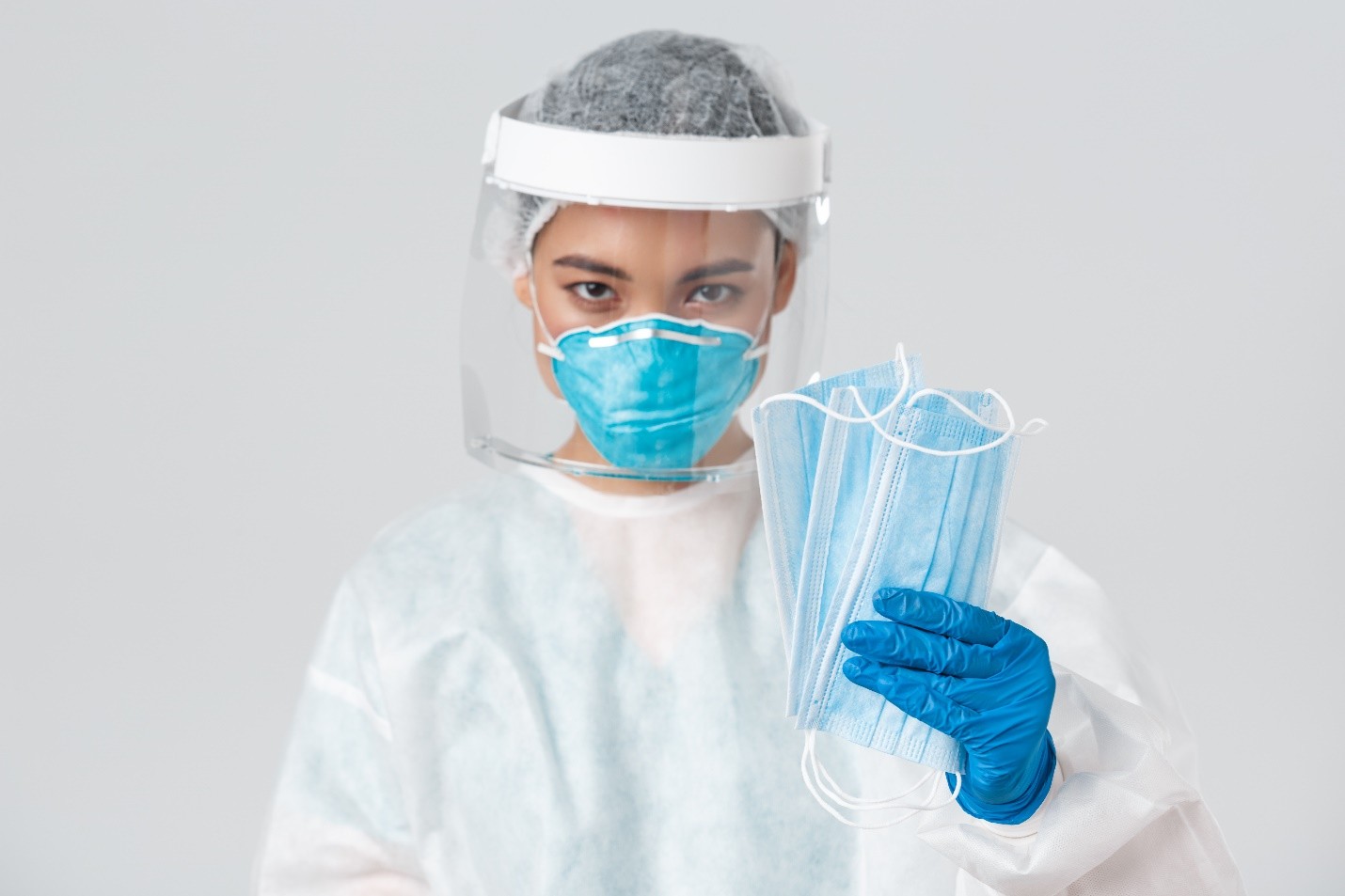In the gritty world of trauma and biohazard cleanup, few tools are more iconic—or misunderstood—than the biohazard suit. At Bio Clean, we rely on these suits to protect our specialists from the dangerous pathogens and toxic substances they come face-to-face with daily. But here’s the real story: while these suits are powerful barriers, they’re not invincible.
What Is a Biohazard Suit Really Meant to Do?
Biohazard suits, technically referred to as Personal Protective Equipment (PPE), are designed to create a sealed barrier between hazardous materials and human skin, eyes, and airways. They’re built to resist bloodborne pathogens, infectious materials, chemical splashes, and even toxic particulates. Most suits are made of multilayered synthetic materials like Tyvek or butyl rubber, and they often include integrated respirators, gloves, and boot coverings.
In trauma cleaning—where blood, bodily fluids, and other biohazards are the norm—these suits aren’t optional; they’re essential. We don’t just wear them for protection, but to comply with OSHA standards and prevent cross-contamination between sites.
When the Armor Cracks: How Biohazard Suits Fail
Despite their high-tech design, biohazard suits have a shelf life and limitations. Here’s when things can go sideways:
- Physical Damage: A single rip or tear from sharp debris at a trauma scene can compromise the entire suit.
- Improper Fit or Use: If the suit isn’t sealed properly at the zippers, cuffs, or respirator, contaminants can sneak in.
- Heat and Sweat: Extended use in hot environments leads to sweat buildup and fatigue, which increases the chance of accidental exposure or improper removal (a.k.a. “doffing”).
- Wear and Tear: Reusable suits degrade over time. Microscopic damage or chemical breakdowns often go unnoticed until it’s too late.
At Bio Clean, we treat biohazard suits with the same respect a firefighter gives their gear. It’s not just about looking the part—it’s about life and death. That’s why we train our team rigorously, inspect gear before every job, and never take shortcuts.
Because in this business, protection isn’t just a layer of fabric—it’s a lifeline. And when that lifeline fails, the consequences are real.
Stay clean. Stay sharp. Stay safe.
Image by benzoix on Freepik

